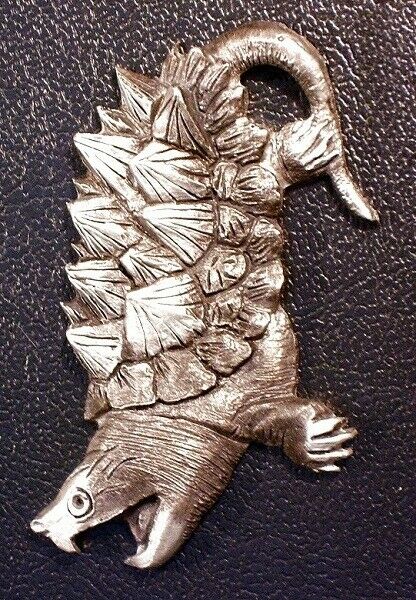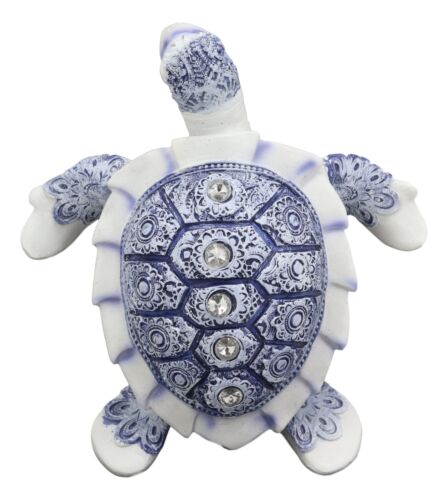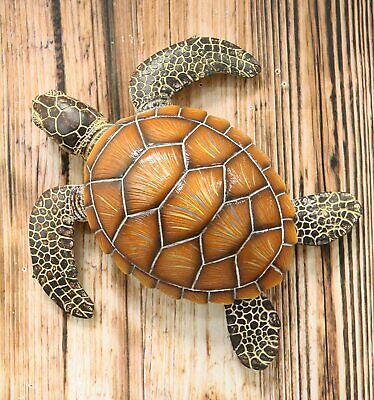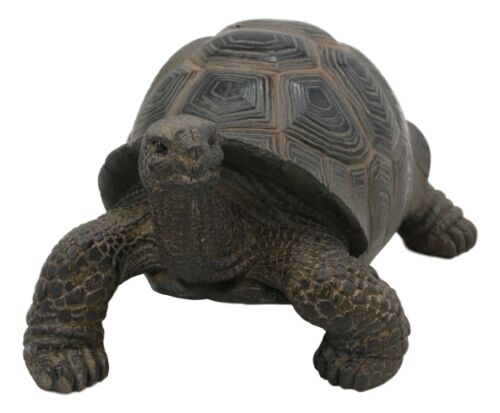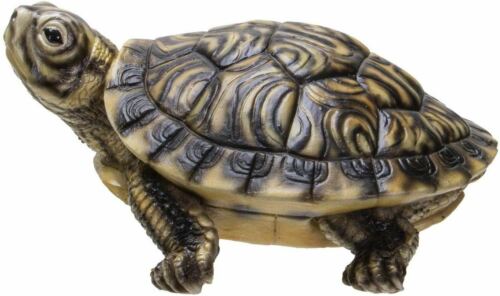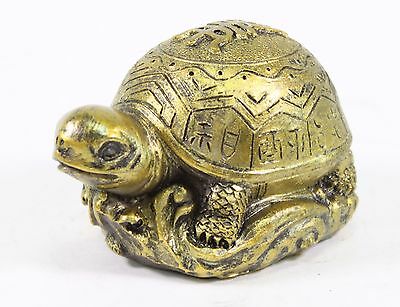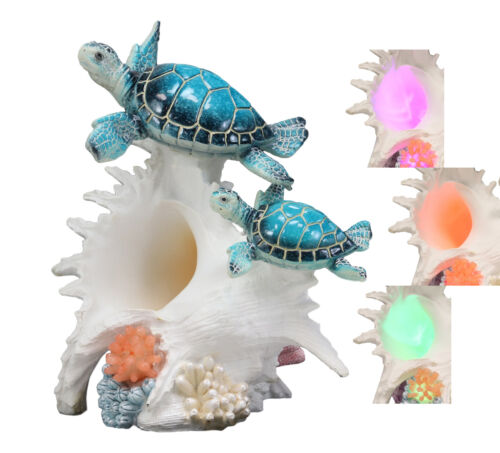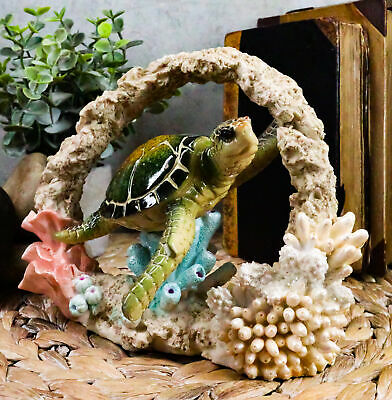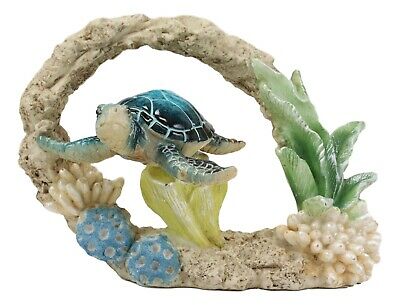-40%
Alligator Snapping Turtle Pendant
$ 8.42
- Description
- Size Guide
Description
Here is a Alligator Snapping Turtle Designed by Marvin McCloud of McCloud9 cast in High Grade Jewelry Pewter The Size .alagatersnaping Turtle "....The Size is 2 " across by 1 " down, castes in fine lead free Pewter,
.......T
he
alligator snapping turtle
(
Macrochelys temminckii
) is a
species
of
turtle
in the
family
Chelydridae
. The species is native to freshwater habitats in the United States.
M. temminckii
is one of the heaviest freshwater
turtles
in the world.
It is often associated with, but not closely related to, the
common snapping turtle
, which is in the genus
Although it was once believed that only one
extant
species exists in the genus
Macrochelys
, recent studies have shown that there are two species, the other being the
Suwannee snapping turtle
(
M. suwanniensis
) of the
Suwannee River
(a third species, the
Apalachicola snapping turtle
M. apalachicolae
, has been proposed ,
The alligator snapping turtle is found primarily in southeastern United States waters. They are found from the
Florida Panhandle
west to
East Texas
, north to southeastern
Kansas
,
Missouri
, southeastern
Iowa
, western
Illinois
, southern
Indiana
, western
Kentucky
, and western
Tennessee
. They are found on the
Missouri River
at least as far north as the
Gavins Point Dam
, the southernmost dam on the Missouri River at
Yankton
,
South Dakota
, and are featured in the Gavins Point Dam Aquarium.
Typically, only nesting females venture onto open land.
The alligator snapping turtle is characterized by a large, heavy head, and a long, thick shell with three dorsal ridges of large scales (osteoderms), giving it a primitive appearance reminiscent of some of the plated
dinosaurs
, most notably the
ankylosaurus
. They can be immediately distinguished from the
common snapping turtle
by the three distinct rows of spikes and raised plates on the
carapace
, whereas the common snapping turtle has a smoother carapace. They are a solid gray, brown, black, or olive-green in color, and often covered with
algae
. They have radiating yellow patterns around their eyes, serving to break up the outline of the
eyes
to keep the turtle
camouflaged
. Their eyes are also surrounded by a star-shaped arrangement of fleshy, filamentous "eyelashes".
Skeleton of an alligator snapping turtle on display at the
Museum of Osteology
.
Though not verified, a 183 kg (403 lb) alligator snapping turtle was found in
Kansas
in 1937, but the largest verifiable one is debatable. One weighed at the
Shedd Aquarium
in
Chicago
was a 16-year resident giant alligator snapper weighing 113 kg (249 lb), sent to the
Tennessee Aquarium
as part of a breeding loan in 1999, where it subsequently died. Another weighing 107 kg (236 lb) was housed at the
Brookfield Zoo
in suburban Chicago. Another large turtle reportedly weighed 135 kg (298 lb). They generally do not grow quite that large. Breeding maturity is attained around 8 kg (18 lb), when the length is around 33 cm (13 in), but then they continue to grow throughout life. Excluding exceptionally large specimens, adult alligator snapping turtles generally range in carapace length from 35 to 80.8 cm (13.8 to 31.8 in) and weigh from 8.4 to 80 kg (19 to 176 lb). Males are typically larger than females 88 adult alligator snapping turtles averaged 21.05 kg (46.4 lb), 92 averaged 19.72 kg (43.5 lb), and 249 averaged 13.5 kg (30 lb). Usually very old males comprise the specimens that weigh in excess of 45 kg (99 lb) per most population studies. Among extant freshwater turtles, only the little-known giant softshell turtles of the genera
Chitra
,
Rafetus
, and
Pelochelys
, native to Asia, reach comparable sizes.
Alligator snapping turtle using its vermiform appendage to lure prey. (Peckham's mimicry)
Head of a young alligator snapping turtle
Alligator snapping turtle with carpet of algae
In "mature" specimens (carapace length over 30 cm (12 in)), males and females can be differentiated by the position of the
cloaca
from the carapace and the thickness of the tail's base. A mature male's cloaca extends beyond the carapace edge, a female's is placed exactly on the edge if not nearer to the
plastron
. The base of the tail of the male is also thicker as compared to females because of the hidden reproductive organs.
The inside of the turtle's mouth is camouflaged, and it possesses a
vermiform
(i.e., "worm-shaped")
appendage
on the tip of its
tongue
used to lure
fish
, a form of
Peckhamian mimicry
. The turtle hunts by lying motionless in the water with its mouth wide open. The vermiform tongue imitates the movements of a worm, luring prey to the turtle's mouth. The mouth is then closed with tremendous speed and force, completing the ambush.
]
[18
Contrary to claims that alligator snapping turtles possess one of the strongest bite forces of any animal, it has been recorded at 158 ± 18 kgf (1,550 ± 180 N; 348 ± 40 lbf), which is lower than several other species of turtles and at about the same level as humans, relative to the turtle's body size.
[19]
[
better source needed
]
[20]
Still, these turtles must be handled with extreme care and considered potentially dangerous.
[17]
This species can bite through the handle of a broom and rare cases have been reported where human fingers have been cleanly bitten off by the species.
[21]
No human deaths have been reported to have been caused by alligator snapping turtles

